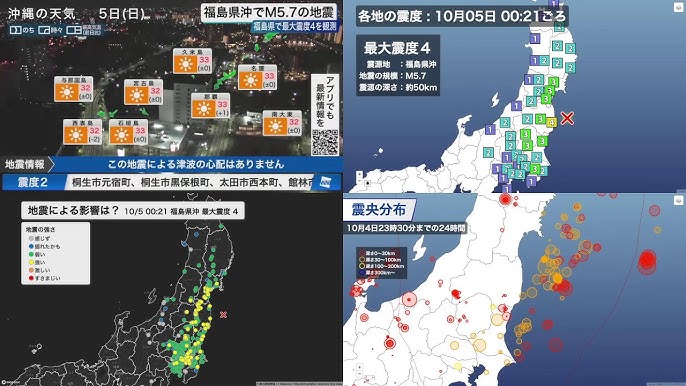Shaken but not stirred, the Japanese region of Fukushima experienced a level 4 earthquake, causing mild tremors but no significant damage or threat of a tsunami. Residents remained calm and followed the necessary protocols while earth science experts closely monitored the situation to ensure public safety and crisis management.
Earthquakes are a common occurrence in Japan due to its geographical location in the Pacific Ring of Fire. The nation is therefore well-prepared, with advanced seismological monitoring systems, stringent building codes and nationwide emergency drills. Within this context, a level 4 earthquake in Fukushima, although reported widely, is not seen as a major crisis. Japanese citizens are often more concerned about tsunami warnings, which could have devastating effects, as experienced in the 2011 Tōhoku earthquake and tsunami.
Contrary to Japan, countries in the EU and the US are not as frequently affected by earthquakes, and therefore their preparation and handling of such events might not be as streamlined. Additionally, the level of public awareness and preparedness tends to be lower. US states susceptible to earthquakes such as California, however, have implemented measures learning from Japan's example.

